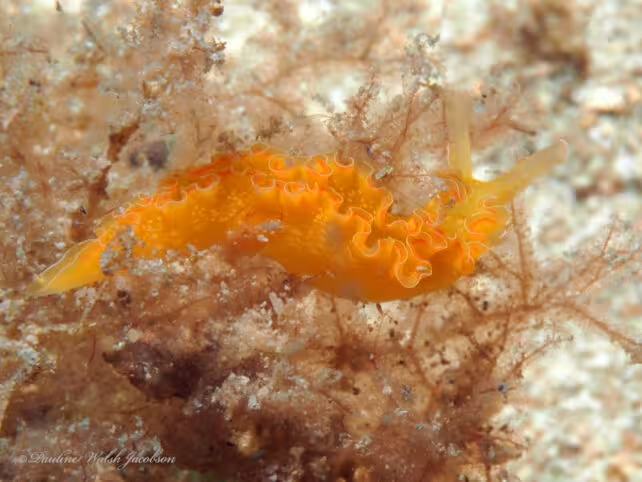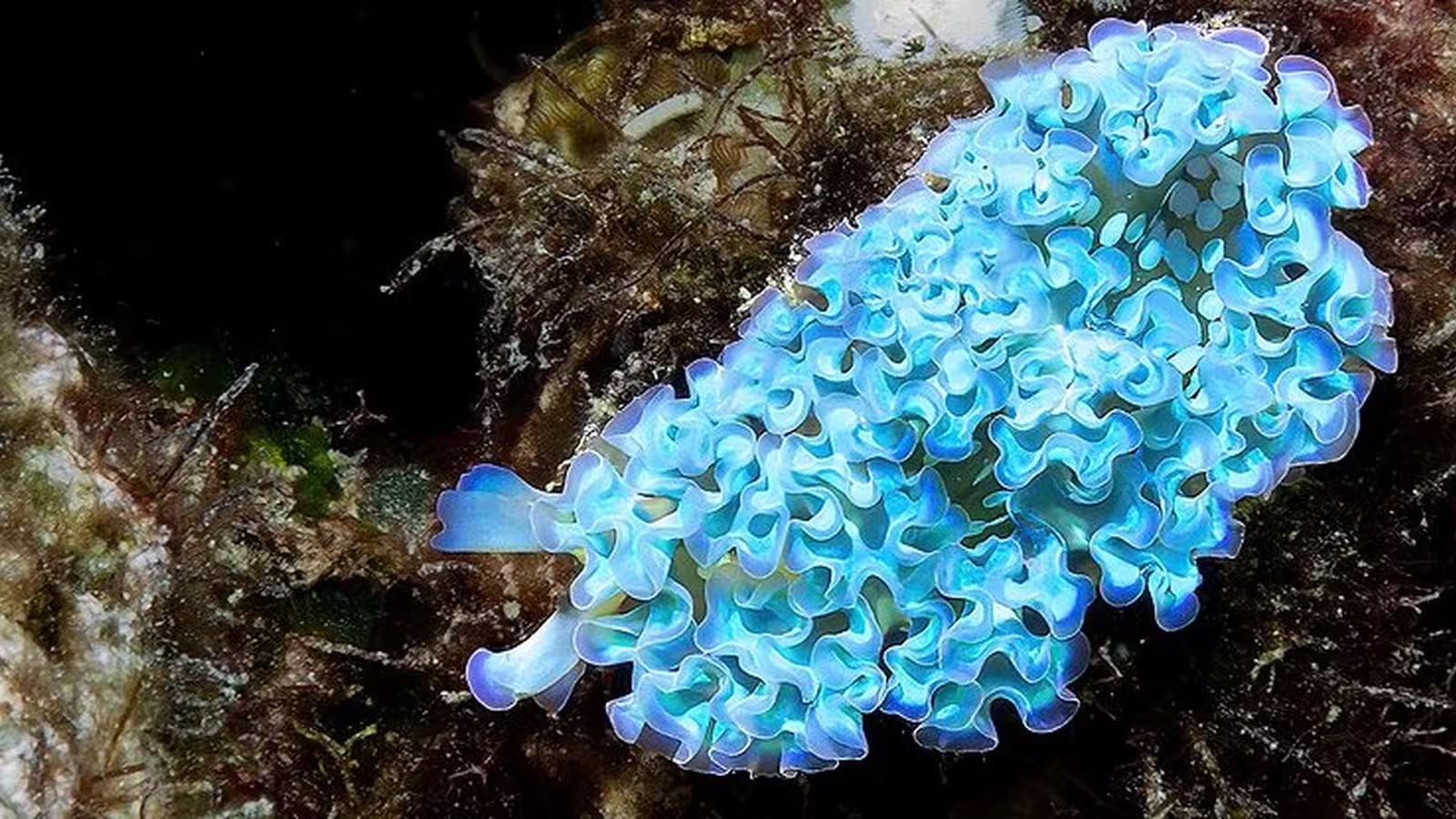3 Minutes
Unveiling the Unique Biology of the Lettuce Sea Slug
Imagine an ocean creature capable of harvesting powers from its prey—a scenario that seems more at home in science fiction than marine biology. Yet, the lettuce sea slug (Elysia crispata) exhibits this remarkable strategy, acquiring the ability to harness solar energy by stealing cellular structures called chloroplasts from algae. This rare phenomenon challenges our understanding of animal adaptation and symbiosis in marine ecosystems.
The Science of Kleptoplasty: Borrowed Solar Power
Lettuce sea slugs primarily feed on algae, extracting not just nutrition, but also the algae's chloroplasts—organelles specialized for photosynthesis. Instead of digesting these chloroplasts, the slug sequesters them within its own tissues, enabling the animal to convert sunlight into usable energy, much like plants. As Corey Allard, a cellular biologist at Harvard University, notes: "This is an organism that can steal parts of other organisms, incorporate them into its own cells, and use them—some of the most astonishing biology I've encountered."
This process, known as kleptoplasty, involves complex cellular mechanisms. New research from Harvard biologists reveals that after ingesting algae, Elysia crispata stores the captured chloroplasts in specialized membranes within its gut called ‘kleptosomes’. These structures help maintain chloroplast viability and function.
Inside the Sea Slug’s Stolen Solar Panels
Detailed analysis shows that once inside the sea slug, these chloroplasts continue to produce proteins, a sign of their ongoing metabolic activity. Intriguingly, the chloroplasts not only generate algal proteins but also become integrated with slug-derived proteins. This fusion implies an active effort by the host organism to keep these foreign organelles alive and working, allowing the sea slug to survive for extended periods without feeding—drawing directly on photosynthetic energy.
The coloration of lettuce sea slugs also provides clues to their well-being. Well-fed individuals typically display bright green hues, thanks to abundant and functional chloroplasts. However, as their energy reserves dwindle and chloroplasts are digested in the absence of food, slugs may shift to an orange coloration, indicating a loss of photosynthetic capacity.

Beyond Solar Energy: Multifaceted Adaptations
While turning sunlight into usable energy is extraordinary in itself, researchers suggest the function of kleptoplasts is even more versatile. "They could act as energy reserves, provide camouflage among seaweed, or even make the slugs less palatable to predators," Allard explains. The multifaceted utility of this symbiosis underscores the evolutionary benefits of such a unique adaptation.
Broader Scientific Implications
The lettuce sea slug's relationship with its stolen chloroplasts offers crucial insights into endosymbiosis—a key evolutionary process. Understanding how animals can maintain and control foreign organelles could illuminate ancient events in cell evolution, such as the origin of mitochondria, which similarly provide essential energy to nearly all eukaryotic life forms. By closely studying kleptoplasty, scientists hope to unravel the roots of complex interspecies collaborations that have shaped life on Earth.
Conclusion
The evolutionary innovation of the lettuce sea slug stands as a profound example of nature’s ingenuity, blurring the boundaries between plant and animal kingdoms. Its ability to co-opt the powers of photosynthesis through symbiotic organelle theft not only fascinates biologists but also enriches our understanding of adaptation, symbiosis, and the origins of complex cellular life. Continued research may reveal even more surprising ways in which life harnesses and repurposes the machinery of other organisms for survival.
Source: dx.doi



Comments